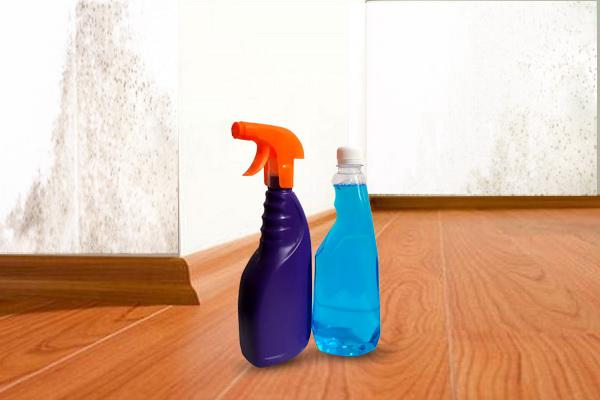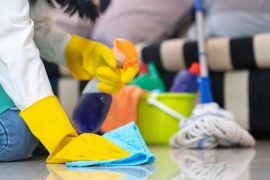Often, we are not aware of the huge threats that life brings in a wet apartment or house. Mold located on walls, under wallpaper, carpets, or in other corners causes many dangerous diseases. The respiratory system and skin are particularly vulnerable, but studies also confirm that the fungi and toxins they produce have a very negative effect on muscles and joints, fertility and the nervous system.
They are responsible for allergies and asthma, insomnia, headaches and even cancer. What are the factors for mold development and how to remove it from the home?
Causes of mold
Mold develops most quickly in humid places without access to fresh air (ideal conditions are humidity above 60% and a temperature of 20–30 degrees Celsius). It even appears in new houses and apartments in which there is no adequate ventilation, most often it can be seen on walls, plastic windows or plastic coatings. This is a frequent effect of flooding or attenuation of a house (for example, after a flood), technical errors during construction, as well as improper insulation of buildings. Too much mold is also caused by too little ventilation and irregular heating in the autumn-winter period.
Many people remove mold mainly for aesthetic reasons (fungal spores form greenish or brown spots), often in an incompetent manner, which means that household members are still exposed to the harmful effects of mycotoxin.
Mold and health
Contact with mold is very unhealthy. Micro toxins cause numerous respiratory and digestive diseases, as well as skin diseases. They also show strong mutagenic and carcinogenic properties. Doctors warn that mold is especially dangerous for children – because of this, they are more likely to fight asthma and allergies, as well as respiratory infections. Tests have also shown that people who come into contact with mold are prone to skin diseases (rash, allergies), eye irritation, numbness and tingling in the limbs, headaches, fatigue and apathy, liver and kidney damage, stomach and digestion problems, and muscle aches. And the joints.
Mold also contributes to neurological and psychological problems (increases the risk of depression and anxiety), micro toxin poisoning also threatens infertility, endocrine and immune system disorders.
How to deal with mold at home?
The most effective method of protection against mold is prevention – ensuring proper ventilation in the rooms, preventing excessive moisture formation (for example, using moisture absorbers, heating and ventilation), heating in the fall and winter of all rooms in the house (including unused ones). It is very important to often air the rooms and cook with open or unclosed windows. In rooms with a northern exposure, it is better to abandon wallpaper and artificial flooring. The whole house should also have the same temperature.
If mold already appears, it is not enough to simply wash or clean it and even throw away the carpets. The basis of the action is to disclose the causes and sources of its formation. If the house is damp, no procedures will help. Mold will appear again quickly. Therefore, it may be necessary to repair ventilation or insulate the building. Walls with mold spores should be spotless and painted with special paint with fungicidal properties. Fungicides for other materials, including fabrics, are also available in the market. Mold ozonation, which removes toxic substances even from micro-fractures, is also a popular method.








